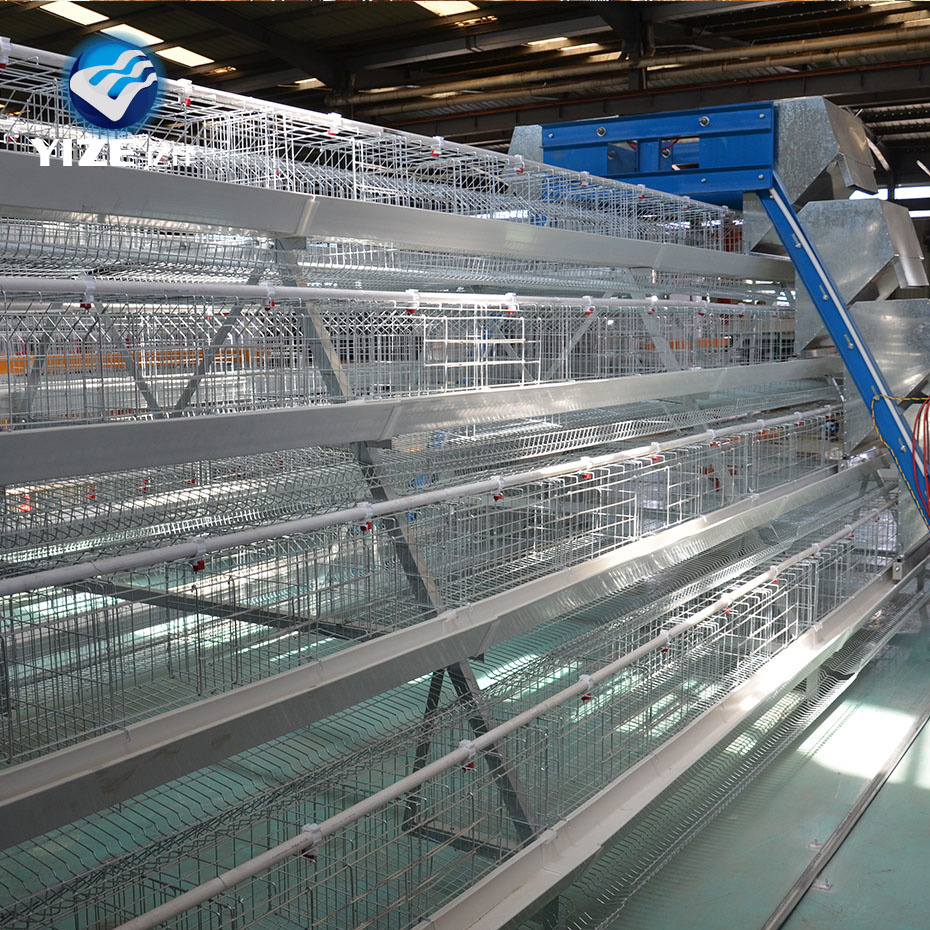Efficient Solutions for Modern Poultry Farming with High-Quality Commercial Cages and Accessories
Jul . 29, 2024 06:30 Back to list
Efficient Solutions for Modern Poultry Farming with High-Quality Commercial Cages and Accessories
The Evolution and Importance of Commercial Poultry Cages
In the realm of poultry farming, the design and application of commercial poultry cages have undergone significant evolution over the years. As the demand for poultry products continues to rise globally, the need for efficient, humane, and productive farming practices has become paramount. Commercial poultry cages play a crucial role in achieving these objectives.
Commercial poultry cages are specialized enclosures designed to house birds, primarily layers and broilers, in production environments that optimize health, safety, and productivity. These cages can vary significantly in design, from traditional battery cages to modern aviary systems, each with its unique advantages and challenges.
Historical Context
Historically, poultry farming relied heavily on free-range systems, where birds roamed and foraged in open environments. However, with the increasing demand for poultry meat and eggs during the 20th century, many farmers transitioned to caged systems to maximize production efficiency. The advent of battery cages allowed producers to house birds in denser arrangements, significantly increasing egg production rates. Yet, these systems have faced criticism regarding animal welfare, leading to a push for more humane alternatives.
Modern Developments
In response to growing concerns about animal welfare, the poultry industry has seen the emergence of enriched and cage-free systems. Enriched cages provide birds with more space and amenities, such as nesting boxes and perches, aimed at improving their quality of life while still allowing for effective management and productivity. Cage-free systems, on the other hand, provide birds with an open space to roam freely, making them a preferable choice for consumers concerned about animal welfare. However, they also present challenges in terms of management and egg collection.
commercial poultry cages

The shift towards more humane systems is not just a response to consumer demand; it is also backed by research indicating that the welfare of hens can positively impact productivity. Well-cared-for birds tend to be healthier and more productive, leading producers to explore various cage designs that strike a balance between welfare and productivity.
The Role of Technology
Technology has also played a significant role in the evolution of commercial poultry cages. Automated systems for feeding, watering, and egg collection have been developed, allowing farmers to manage larger flocks with less labor and reduced overhead costs. Innovations such as climate control systems, which monitor and adjust environmental conditions within cages, have further enhanced bird welfare and production efficiency. These technologies not only ensure the comfort of the birds but also help in maintaining optimal health standards, reducing the risk of disease outbreaks.
Economic Implications
The economic implications of commercial poultry cages are substantial. With rising labor costs and consumer expectations for high-quality, ethically produced products, efficient cage systems can significantly affect a producer’s bottom line. Investing in modern cage systems may require a higher upfront cost; however, the long-term benefits include increased production rates, improved bird health, and reduced feed costs, ultimately leading to greater profitability.
Conclusion
Commercial poultry cages have undergone a significant transformation, reflecting the changing landscape of agricultural practices and consumer expectations. As the industry continues to balance productivity, animal welfare, and economic viability, the future of poultry farming will likely involve a combination of innovative cage designs and advanced technology. Ensuring that poultry production remains sustainable and humane is critical in meeting the global demand for poultry while maintaining ethical standards. With ongoing research and development, the evolution of poultry cages will continue to play a pivotal role in shaping the future of the poultry industry.
-
Hot Sale 24 & 18 Door Rabbit Cages - Premium Breeding Solutions
NewsJul.25,2025
-
Automatic Feeding Line System Pan Feeder Nipple Drinker - Anping County Yize Metal Products Co., Ltd.
NewsJul.21,2025
-
Automatic Feeding Line System Pan Feeder Nipple Drinker - Anping County Yize Metal Products Co., Ltd.
NewsJul.21,2025
-
Automatic Feeding Line System - Anping Yize | Precision & Nipple
NewsJul.21,2025
-
Automatic Feeding Line System - Anping Yize | Precision & Nipple
NewsJul.21,2025
-
Automatic Feeding Line System-Anping County Yize Metal Products Co., Ltd.|Efficient Feed Distribution&Customized Animal Farming Solutions
NewsJul.21,2025






